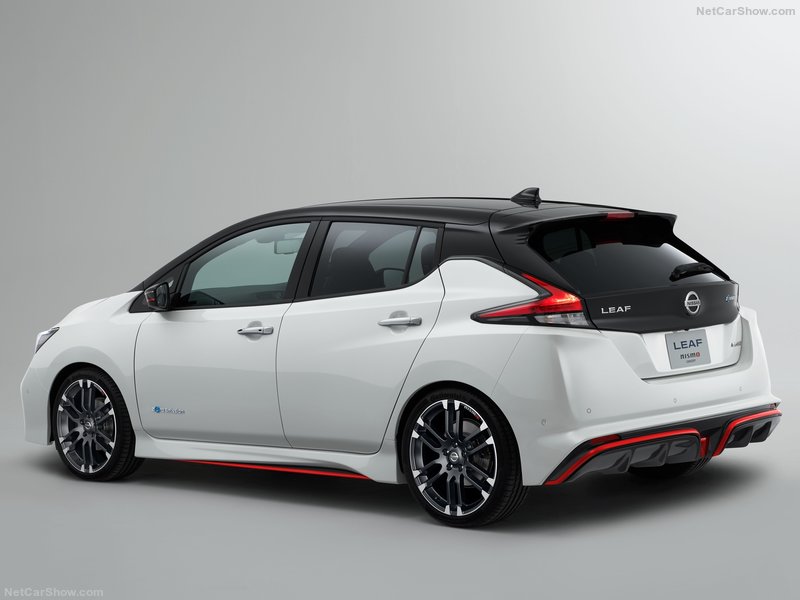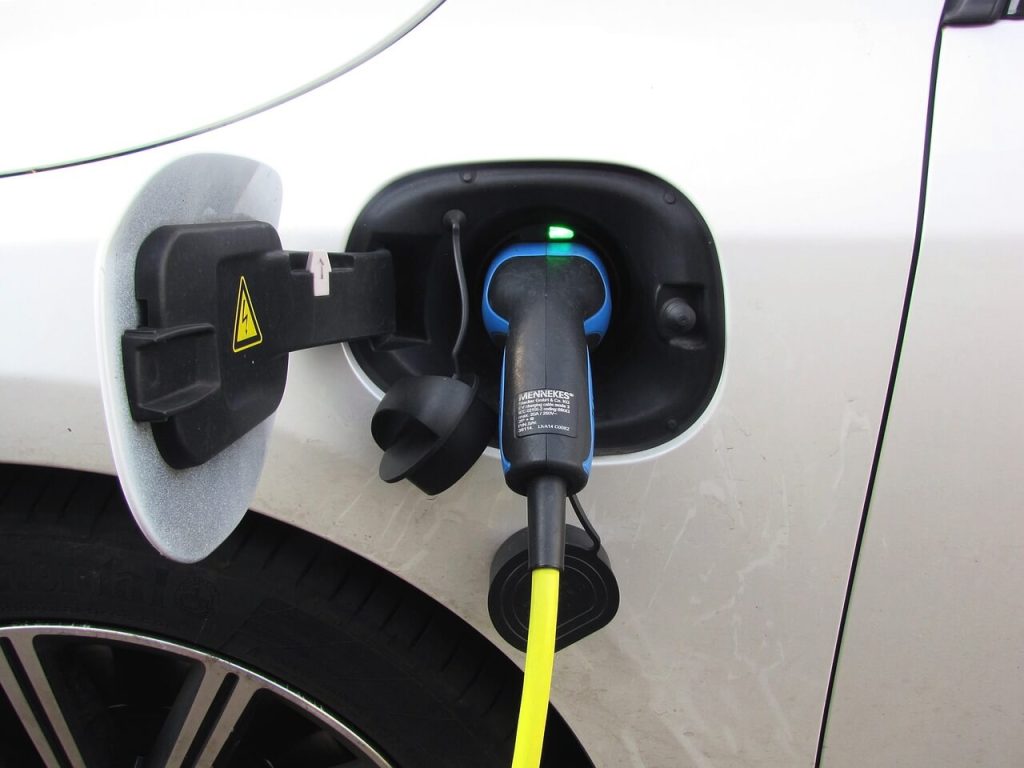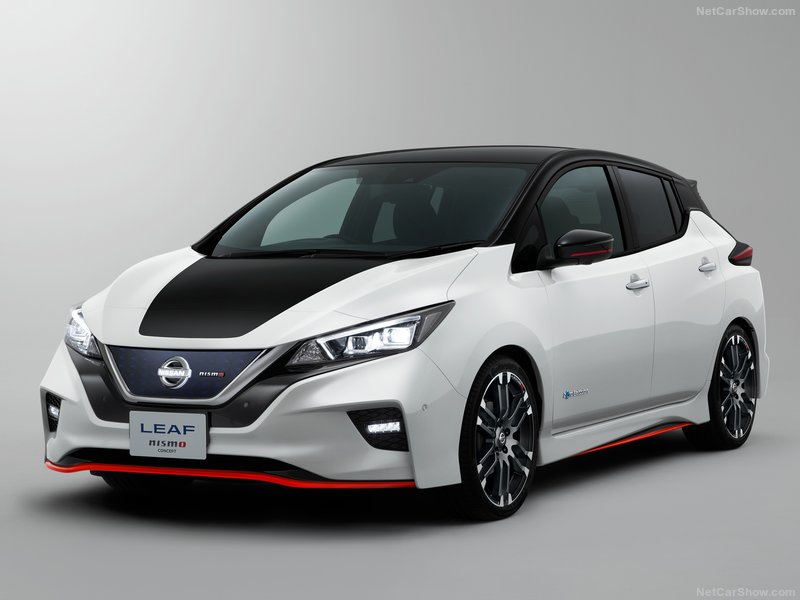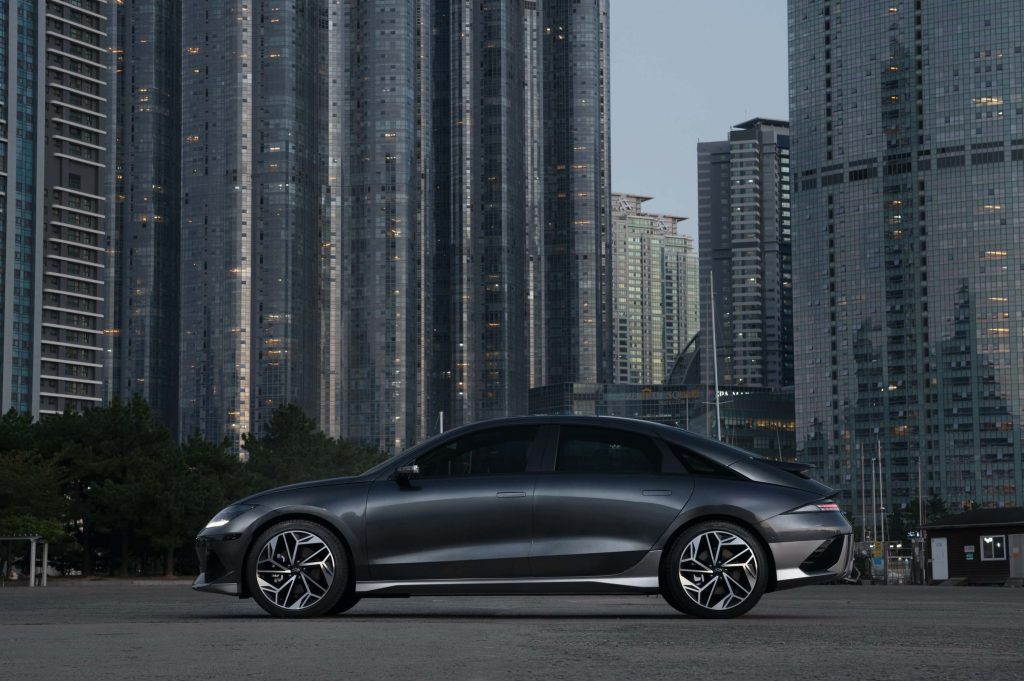2017 Nissan Leaf Range: A Closer Look at the Electric Vehicle's Mileage
Table of Contents
ToggleThe 2017 Nissan Leaf is an innovative electric vehicle (EV) that has gained significant popularity among eco-conscious drivers. With its eco-friendly design and advanced features, the Leaf offers an alternative to traditional gasoline-powered cars. One of the critical aspects considered by EV enthusiasts is the range, or how far the vehicle can travel on a single charge. In this article, we will delve into the range of the 2017 Nissan Leaf, exploring its capabilities and highlighting its advantages.
Understanding the Range of Electric Vehicles
Electric vehicles, unlike their gas-powered counterparts, rely solely on electricity stored in batteries for propulsion. The range of an EV refers to the distance it can travel before the battery needs recharging. Several factors influence the range of electric vehicles, making it essential for consumers to understand them before making a purchase
Factors Affecting Electric Vehicle Range
Various factors can impact the range of an electric vehicle, including:
1. Battery Capacity:
- The capacity of the EV’s battery pack plays a crucial role in determining its range. Generally, vehicles with larger battery capacities can travel farther on a single charge.
2. Driving Conditions:
- Factors such as weather conditions, road terrain, and driving style can affect an EV’s range. Extreme temperatures, for instance, can decrease the efficiency of the battery and reduce the overall range.
3. Vehicle Weight:
- The weight of the vehicle can influence its energy consumption. Heavier EVs may have a shorter range due to increased power requirements.
4. Speed:
- Higher speeds can increase energy consumption, reducing the range of an electric vehicle.

Battery Capacity and Range Anxiety
One common concern among potential EV buyers is range anxiety that arises from the fear of running out of battery power before reaching a destination. The 2017 Nissan Leaf addresses this concern by offering a competitive range and incorporating features to alleviate range anxiety.
Overview of the 2017 Nissan Leaf
The 2017 Nissan Leaf is an all-electric hatchback that combines eco-friendly features with practicality and style. It is equipped with a 30-kilowatt-hour (kWh) lithium-ion battery pack, which powers an electric motor to deliver a smooth and quiet driving experience. Let’s explore the key features and specifications of the 2017 Nissan Leaf.
Nissan Leaf Features and Specifications
- Sleek and aerodynamic design for improved efficiency.
- Comfortable seating for five passengers.
- Regenerative braking system to optimize energy recapture.
- Infotainment system with navigation and smartphone integration.
- Available advanced safety features, including blind-spot monitoring and 360-degree camera.
2017 Nissan Leaf Range Review:
Battery Range of the 2017 Nissan Leaf
The range of the 2017 Nissan Leaf can vary depending on driving conditions and usage. On average, the 2017 Leaf offers an EPA-estimated range of approximately 107 miles on a single charge. This range is suitable for daily commuting and shorter trips but may require recharging for longer journeys.
Improvements in Range Compared to Previous Models
Nissan has made significant advancements in improving the range of the Leaf with each new model release. The 2017 Nissan Leaf showcases several enhancements that contribute to a more extended driving range.
Battery Upgrades
Compared to earlier models, the 2017 Leaf features an upgraded 30-kWh battery pack, offering an increased range. This improvement allows drivers to travel farther on a single charge, reducing the need for frequent recharging.
Enhanced Aerodynamics
The design of the 2017 Nissan Leaf incorporates aerodynamic elements to reduce drag and increase efficiency. The sleek body shape, underbody panels, and aerodynamic alloy wheels contribute to improved range by minimizing air resistance during driving.
Regenerative Braking System
The 2017 Leaf is equipped with a regenerative braking system that converts the kinetic energy generated during braking into electrical energy. This energy is then used to recharge the battery, maximizing efficiency and extending the vehicle’s range.
Factors Influencing Range in Everyday Use
- Weather conditions: Extreme temperatures, especially cold weather, can impact battery performance and reduce range.
- Driving style: Aggressive acceleration, excessive speeding, and frequent use of air conditioning or heating can decrease the range.
- Terrain: Uphill driving or navigating hilly areas may require more energy and reduce the range.
Typical Driving Range of the 2017 Nissan Leaf
In real-world scenarios, the 2017 Nissan Leaf typically achieves a range of around 80-100 miles per charge, depending on driving conditions. However, it’s worth noting that individual experiences may vary.
Tips for Maximizing the Range
To maximize the range of the 2017 Nissan Leaf and optimize the driving experience, consider implementing the following strategies:
Efficient Driving Techniques
- Smooth acceleration and gradual braking: Avoid rapid acceleration and harsh braking, as these consume more energy.
- Maintain a steady speed: Driving at a consistent speed, especially on highways, can help improve the range.
- Anticipate traffic: Planning ahead and avoiding unnecessary stops and starts can conserve energy.
Learn more about Toyota Rav4 Hybrid
Utilizing Eco Mode and Other Features
- Eco mode: Engaging the Eco mode helps optimize the vehicle’s performance by adjusting power output and limiting energy-consuming functions such as climate control. This can extend the range of the 2017 Nissan Leaf.
- Preconditioning: Utilize the pre-conditioning feature to heat or cool the interior of the vehicle while it is still connected to a charging station. This ensures a comfortable temperature without relying on the battery power.
- Eco-routing: Take advantage of the navigation system’s eco-routing feature, which suggests the most energy-efficient routes, considering factors such as traffic and elevation changes.
Nissan Leaf Charging Strategies
- Utilize public charging stations: Plan your trips to include stops at public charging stations, especially for longer journeys. This allows you to top up the battery and extend the driving range.
- Overnight charging: Take advantage of off-peak electricity rates by charging the vehicle overnight when demand and costs are typically lower. This ensures a full battery for the next day’s use.
- Home charging infrastructure: Consider installing a Level 2 home charging station for convenient and faster charging. This allows you to start each day with a fully charged battery.

Charging Options
To keep the 2017 Nissan Leaf powered up and ready to go, there are various charging options available for Leaf owners. Let’s explore the charging possibilities:
1. Level 1 Charging (Standard Charging)
The 2017 Nissan Leaf comes with a standard Level 1 charging cable, allowing you to plug into a standard 120V outlet. While this charging option is convenient for overnight charging at home, it provides a slower charging rate compared to other options. On average, Level 1 charging adds around 4-5 miles of range per hour of charging[^2^].
2. Level 2 Charging (Faster Charging)
For faster charging at home or at public charging stations, the 2017 Nissan Leaf can be equipped with an optional Level 2 charging station. These stations require a 240V electrical outlet and provide a charging rate of approximately 25 miles of range per hour[^3^]. Level 2 charging is highly recommended for Leaf owners who require quicker charging times.
3. DC Fast Charging (Quick Charging)
When you need to charge your Leaf quickly on the go, DC Fast Charging stations are the way to go. These stations utilize a direct current (DC) charging method and can replenish the battery up to 80% in around 30 minutes. However, it’s important to note that DC Fast Charging stations are less common than Level 2 charging stations and may require additional fees.
Comparison with Other Electric Vehicles
In the ever-expanding market of electric vehicles, it’s important to compare the range of the 2017 Nissan Leaf with other competing models.
Range Comparison with Competing Models
The 2017 Nissan Leaf’s range of approximately 107 miles places it within the mid-range category of electric vehicles. It competes favorably with models such as the Chevrolet Bolt EV (238 miles), Hyundai Ioniq Electric (170 miles), and BMW i3 (153 miles).
Advantages and Disadvantages
- Advantages: The 2017 Nissan Leaf offers a balance between range, affordability, and practicality. It provides an eco-friendly driving experience with a competitive range suitable for daily commuting and shorter trips. The Leaf’s extensive charging infrastructure and established reputation contribute to its appeal.
- Disadvantages: Compared to some of its competitors, the 2017 Leaf’s range may be considered relatively modest. Drivers who frequently undertake long-distance travel may require more frequent charging or opt for a model with a more extended range.

Future Developments in Electric Vehicle Range
As technology continues to advance, the range of electric vehicles is expected to improve further. Here are some potential developments that may shape the future of electric vehicle range:
Advances in Battery Technology
Ongoing research and development in battery technology aim to increase energy density, allowing for larger-capacity batteries without compromising size or weight. These advancements could significantly extend the range of electric vehicles, making them even more practical and appealing to a broader range of drivers.
Expansion of Charging Infrastructure
The expansion of charging infrastructure, including an increased number of public charging stations and fast-charging networks, will enhance the convenience and accessibility of electric vehicles. This infrastructure growth will alleviate concerns about range limitations and further promote the adoption of electric vehicles.
Conclusion
The 2017 Nissan Leaf offers an impressive range for everyday driving and exemplifies the growing capabilities of electric vehicles. With its eco-friendly design, comfortable features, and advancements in range compared to previous models, the Leaf presents a compelling choice for those seeking a sustainable transportation option. By maximizing efficiency through driving techniques, utilizing eco-friendly features, and adopting smart charging strategies, drivers can optimize the range and enjoy the benefits of electric vehicle ownership.
FAQs
1. How far can the 2017 Nissan Leaf travel on a single charge?
The 2017 Nissan Leaf offers an EPA-estimated range of approximately 107 miles on a single charge.
2. Can the range of the Nissan Leaf be extended?
While the range of the Nissan Leaf is fixed, drivers can maximize their range by adopting efficient driving techniques, utilizing eco mode, and planning charging strategies.
3. What are the main competitors of the Nissan Leaf in terms of range?
The Nissan Leaf’s main competitors in terms of range include the Chevrolet Bolt EV, Hyundai Ioniq Electric, and BMW i3. These models offer varying ranges, with the Chevrolet Bolt EV leading the segment with an EPA-estimated range of 238 miles.
4. Are there any tax incentives for purchasing an electric vehicle like the Nissan Leaf?
Tax incentives for purchasing an electric vehicle like the Nissan Leaf vary by country and region. It is advisable to consult with local authorities or a tax professional to determine the specific incentives and benefits available in your area.
5. How long does it take to charge the 2017 Nissan Leaf fully?
The charging time depends on the charging method used. With a Level 1 charger, it takes approximately 20-24 hours for a full charge. Level 2 charging reduces the time significantly, typically taking around 7-8 hours for a complete charge. DC Fast Charging stations can provide an 80% charge in about 30 minutes.
6. Can the 2017 Nissan Leaf be charged at home
Absolutely! The 2017 Nissan Leaf is designed for convenient home charging. With the Level 1 charging cable that comes with the vehicle, you can simply plug it into a standard 120V household outlet. However, for faster charging, it is recommended to install a Level 2 charging station in your home.
7. Can the 2017 Nissan Leaf handle long-distance driving?
While the 2017 Nissan Leaf has a respectable range, it may not be ideal for long-distance driving without planning for charging stops. The range of approximately 107 miles is more suited for daily commutes, errands, and shorter trips. However, with the growing availability of charging infrastructure, including DC Fast Charging stations, longer journeys can be accomplished with proper planning.
8. Can extreme temperatures affect the 2017 Nissan Leaf's range?
Yes, extreme temperatures can impact the range of the 2017 Nissan Leaf. In colder weather, the battery’s performance may be reduced, resulting in a shorter range. Similarly, extremely hot temperatures can also affect the range. It is advisable to keep the vehicle parked in shaded areas or garages during extreme temperature conditions to optimize the battery’s performance.
9. Is the 2017 Nissan Leaf suitable for city driving?
Absolutely! The 2017 Nissan Leaf’s range of approximately 107 miles makes it an excellent choice for city driving. Most urban commutes and daily errands can be completed without the need for recharging during the day. Additionally, the Leaf’s compact size and nimble handling make it maneuverable in tight city streets and parking spaces.
10. Can I extend the range of the 2017 Nissan Leaf?
Yes, there are several strategies to extend the range of the 2017 Nissan Leaf. One approach is to drive more efficiently by avoiding rapid acceleration and heavy braking, as well as maintaining a steady speed. Utilizing the vehicle’s eco-mode and regenerative braking can also help conserve energy and extend the range. Additionally, planning routes to include charging stations and taking advantage of available fast charging options can provide peace of mind during longer trips.



